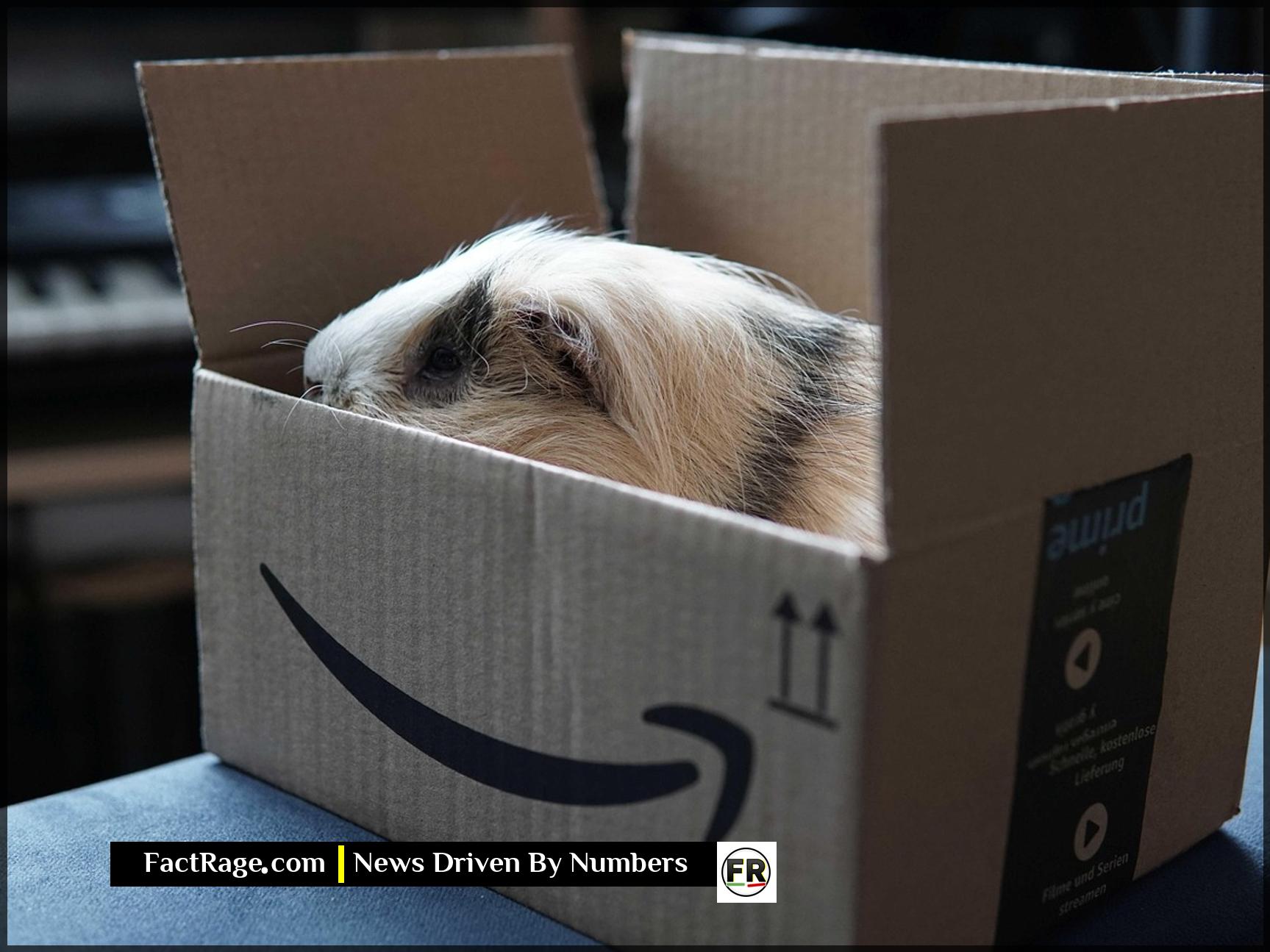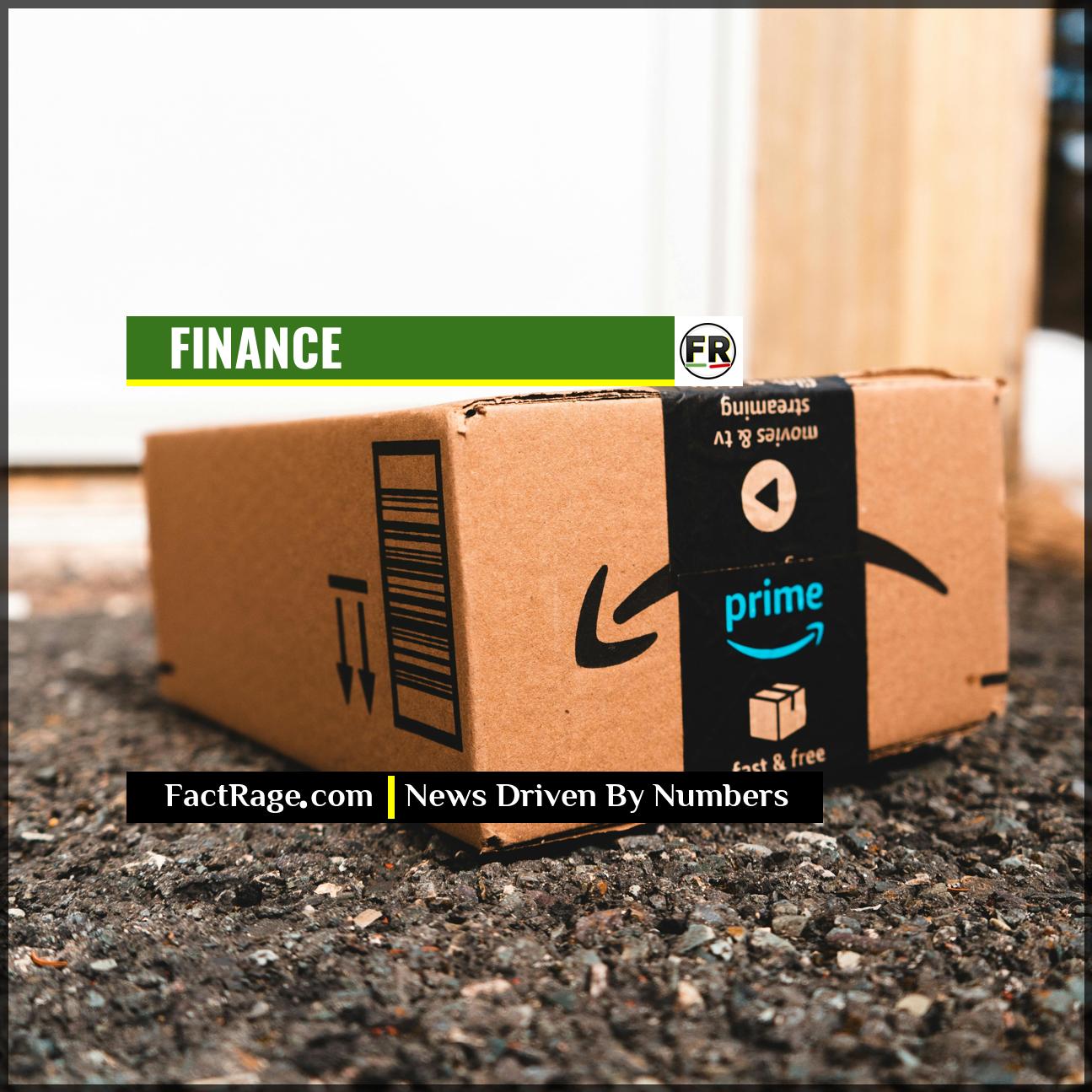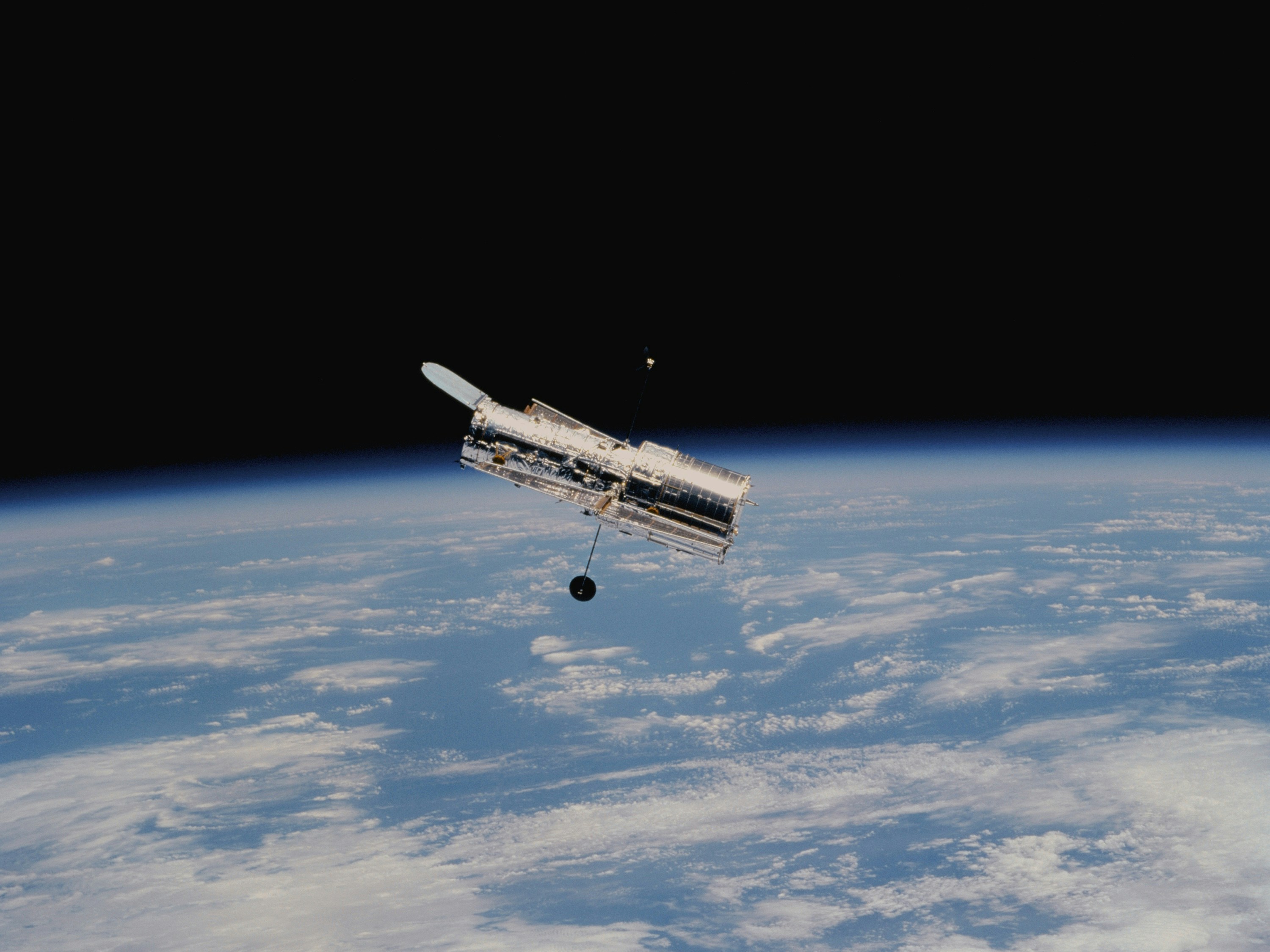FACTRAGE – Amazon’s Prime Day has evolved from a simple sales event into a multi-billion dollar economic phenomenon that reshapes consumer behavior and pressures the entire retail sector.
- Record Revenue – The 2023 event generated a record $12.7 billion in online spending in the U.S. alone, according to Adobe Analytics, showcasing its massive economic influence.
- Subscription Driver – A primary goal of Prime Day is to attract and retain high-value Prime subscribers, who are estimated to spend more than double on the platform annually compared to non-members.
- Market Pressure – The event’s success has compelled major competitors like Walmart and Target to launch their own mid-summer sales, creating a new, intense peak shopping season.
This manufactured shopping holiday, now a fixture in the summer calendar, is a masterclass in corporate strategy. Its success is measured not just in direct sales, but in its ability to lock in customer loyalty and dictate the terms of competition across the retail industry.
How Amazon Engineered a $12 Billion Shopping Holiday

What began in 2015 as a celebration of Amazon’s 20th anniversary has morphed into a global retail powerhouse. The event’s growth has been staggering. In 2023, U.S. consumers spent $12.7 billion during the 48-hour period, a 6.1% increase from the year prior and a new record. This figure rivals the sales volume of traditional shopping holidays like Black Friday and Cyber Monday.
The event’s timing in mid-July is no accident. It strategically fills a typically slow retail period, creating a sales spike where one did not previously exist. This “pull-forward” effect causes many consumers to delay purchases they might have made in late spring or early summer, consolidating that spending into a single, massive event that benefits Amazon’s bottom line and supply chain efficiency.
Why Prime Day’s Biggest Product Is the Subscription Itself
While deep discounts on electronics and home goods grab headlines, the most valuable commodity for Amazon during Prime Day is the Prime membership. The event is exclusive to members, serving as both a powerful acquisition tool for new subscribers and a retention tool for existing ones.
With over 200 million members globally, the Prime ecosystem is the foundation of Amazon’s e-commerce dominance. Data consistently shows that Prime members spend significantly more on the platform. A 2023 analysis from Consumer Intelligence Research Partners (CIRP) estimated that Prime members spend an average of $1,700 per year, compared to just $700 for non-members. By offering compelling deals, Amazon reinforces the value proposition of the annual subscription fee, ensuring a stable, recurring revenue stream and a loyal customer base.
How Prime Day Reshapes the Entire Retail Calendar
The sheer scale of Prime Day has created a ripple effect that no major retailer can afford to ignore. Competitors have been forced to respond, leading to the creation of their own overlapping sales events, such as Target’s “Circle Week” and Walmart’s “Walmart+ Week.” This has effectively established a second major sales season in the middle of the year.
This new competitive landscape puts immense pressure on all retailers, from big-box stores to small businesses. They must now allocate marketing budgets and manage inventory for a mid-summer peak, straining resources and thinning margins. For consumers, it creates a frenzy of deals, but for the industry, it’s a high-stakes battle for market share directly instigated and defined by Amazon’s strategic calendar. The logistical operation to fulfill millions of orders in a tight window also highlights the scale of Amazon’s fulfillment network, a competitive advantage that is difficult for others to replicate.














